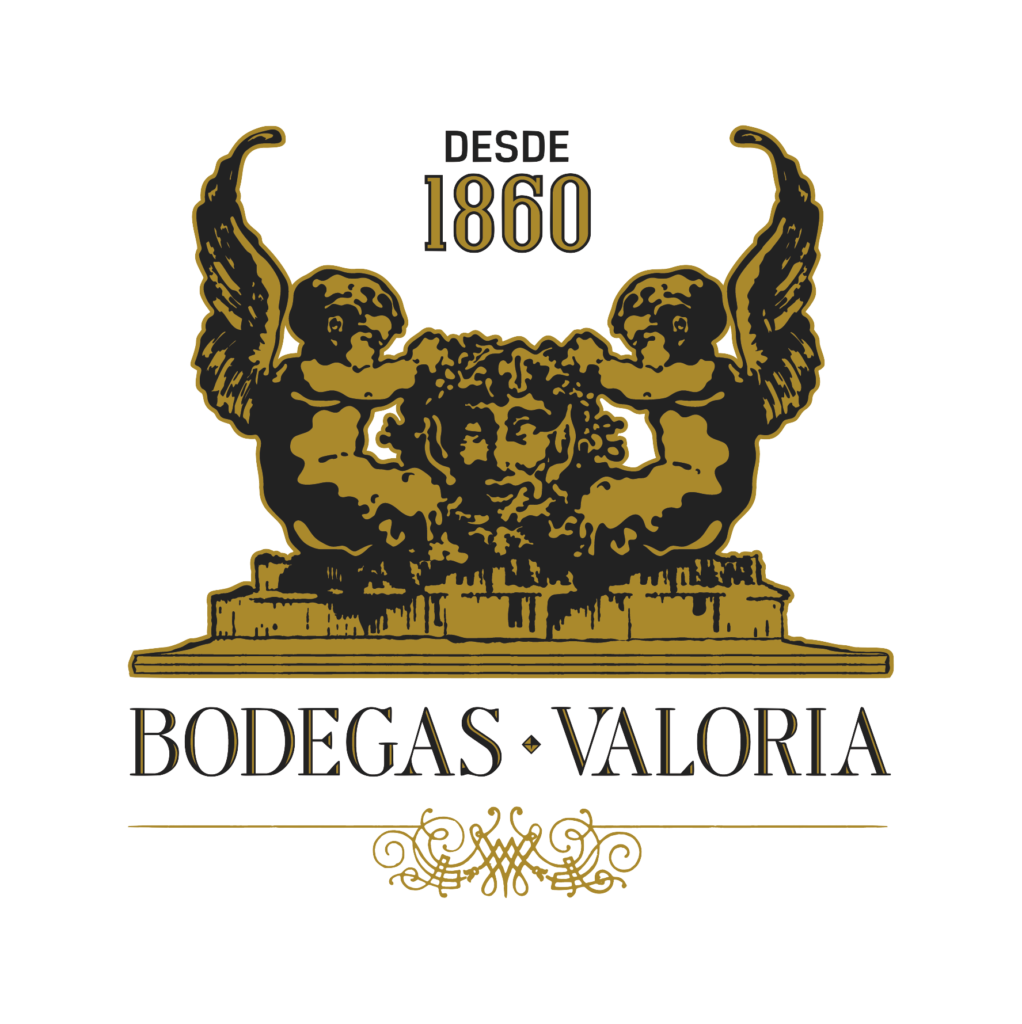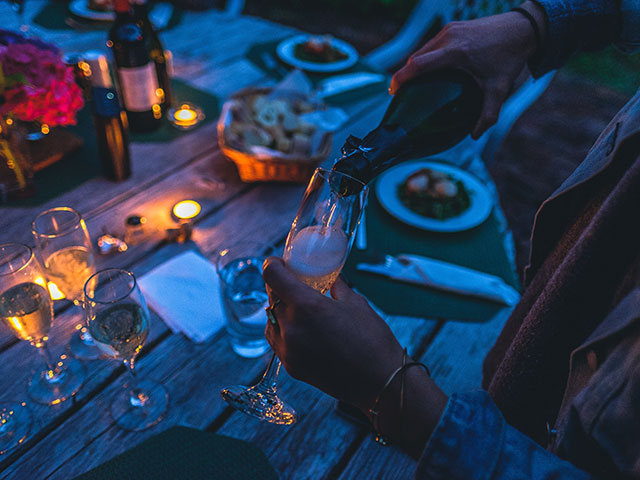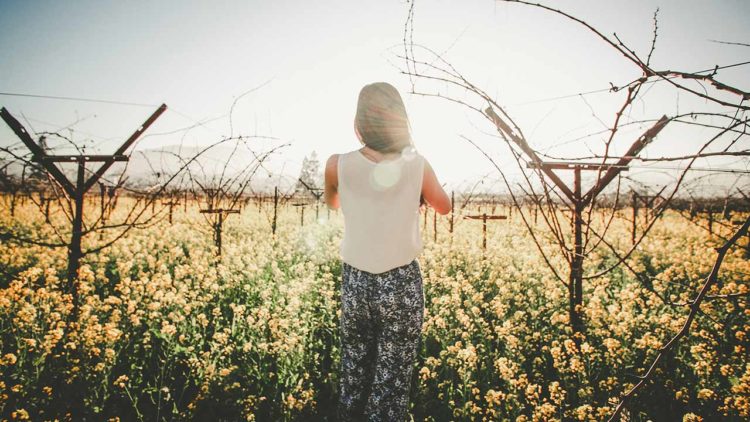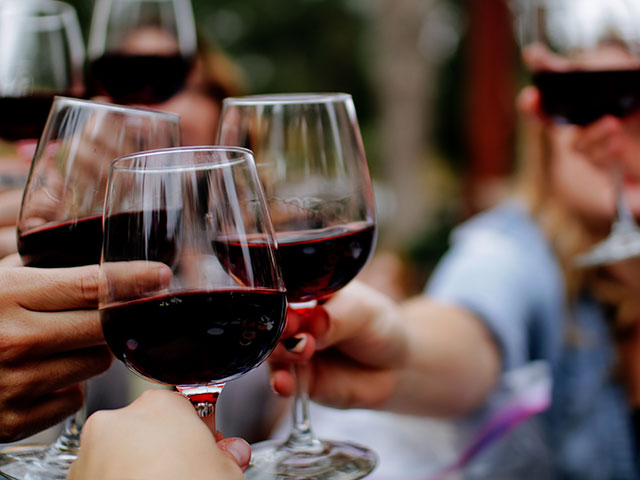Spanish Wine Aging Requirements & Current Trends in Rioja
As we’ve seen in other posts, Spanish wine has very specific aging requirements especially when it comes to wine that has a Certification of Origin or Qualified Certification of Origin. These requirements are monitored by the Control Board, which includes grape growers, winemakers, and Administration representatives. It ensures compliance with the Certification of Origin standards in order to protect the type and quality of Rioja wines.
Spanish wine riojas are the oldest Certification of Origin in Spain, which was officially recognized in 1925. In 1991, it was awarded the highest category, Qualified, making Rioja the first certification to be so honored. The Certification Specifications define the demarcation of the production area, the grape varieties that can be grown, the maximum allowable yields, winemaking and aging techniques, and other aspects.
In La Rioja, wines are classified by their aging in oak barrels, which covers three main categories: Young, Crianza, and Reserva.
Viña Valoria crafts quality wine under the Rioja Qualified Certificate of Origin label and is one of the best-known wineries in the Rioja wine region. With over 150 years of experience, this winery upholds the traditional style of winemaking from the region to offer a variety of delicious Rioja wines from Crianzas to Reservas and even old vintage wines. So, what’s the difference between these types of wine? It all comes down to the aging process.
Young Wines from the Rioja are usually fresh and fruity that have been aged for less than two years. Also included in this category you can find other types of wines that don’t follow traditional aging specifications that have been established by the Rioja DOC (“Qualified Certification of Origin”) Board. Some of these strict specifications include the capacity of the oak barrels used for the aging process or the time that the wine spends in the barrels.
Next, we have the Crianza wines which have been aged for a minimum of one year in oak barrels and another year in the bottle before being released to the consumers. Plus you can also find white wines from the Rioja region! For white Crianzas the aging time in the barrels is only six months.
The Reserva wines have a similar aging process to the Crianzas, spending one year in oak barrels, but they stay in the bottle for two years before being released to the market. For white and rosé Reserva wines, they are aged for a total of 2 years but this process is opposite to what we have seen previously. First, they start off in the bottle for a year and a half, and then the last six months of the process they are in the barrels.
Finally, we have the Gran Reservas which have gone through an aging process of at least five years total. These delicious wines spend a minimum of two years in oak barrels and three years in the bottle. Similar to the other wines, we also have white wines that are Gran Reservas which start off spending three and a half years in the bottle and the last 6 months in the barrel, just like the white and rosé Reservas.
Find out more about the use of oak for aging Rioja wine: A Closer Look at the History of American Oak in Rioja
The Control Board runs a strict and efficient control system for production, including the harvest methods, fermentation, and aging processes. This is to ensure the quantity and quality of protected wines. For this, all Rioja wines have to undergo tests to determine if the wine is worthy or not of the “Denominación de Origen Calificada”. So when you see this on Viña Valoria’s wine labels, you know the quality is guaranteed.
In order to optimize quality, stricter standards are applied to grape growing and winemaking in Rioja, more so than in other wine regions. One of the standards even dictates issues like planting density which must be at least 2,850 vines per hectare but no more than 10,000.
Growing practices generally aim to optimize the quality of production, which is the reason why the Control Board adopts the appropriate measures for each harvest, particularly with regard to pruning, plus practices aimed to properly control production from the vineyard.
The guarantees of quality and origin for Rioja wines are applied from the harvest. It is one of the key moments when the complete control system established by the Board to guarantee the origin and quality of wines produced in Rioja is applied.
During the harvest, the Board Inspection Service monitors the transfer of grapes, controls the borders of the Denominación, verifies the quality of the grapes, and coordinates the more than 200 harvest helpers expressly hired by the Board to supervise the weighing-in of all grape production at each of the scales located in all winemaking sites.
The right to use the name Rioja for the production obtained by each vineyard is also conditioned by prior compliance with authorized growing practices and the weighing of harvested grapes in the presence of the Board’s weighing supervisor to guarantee the true harvest volume obtained.
The Board Classification Committees carry out the sensory examination of the samples to assess typicity, color, clarity, aroma, flavor, and wine quality. Tasting is the best way of deciding on wine quality as well as whether it has that distinct, unmistakable Rioja personality.
About 140 experts participate in the Classification Committees, working under the supervision of a Control Board technician. Each committee consists of five tasters from three sectors, the wine-growing sector, the winemaking sector, and independent technicians, who assess the wine, independently and according to strict professional criteria, and determine whether it meets requirements. If it is found to be suitable, it will be granted the right to use the name Rioja.
One of Rioja’s exclusive control measures consists of taking samples of Rioja red wines at the point of sale, both in the Spanish market and abroad. The samples are examined by the Council’s Supervisor Body, which checks both the product characteristics and the authenticity of the back labels or seals on the bottles.
The Rioja tends to stick to traditional methods overall, however, in recent years more wineries are starting to experiment with new flavors. This doesn’t mean that the wine is completely changing though. The traditional red Rioja has a dark red sometimes purple color and is full of fruity and earth aromas and flavors due to the aging process.
This Rioja will always be around and is a staple to the region. The newer wines for the region include the whites and the roseés which are achieved by finding the right mixture of grapes and are produced with different aging processes.
Travel to the Rioja and visit the Viña Valeria in Logroño to get a behind-the-scenes look at the winemaking process and talk to the experts. Get a bottle of the Viña Valeria Gran Reserva to take home with you and enjoy with friends or family the best spanish red wine.



